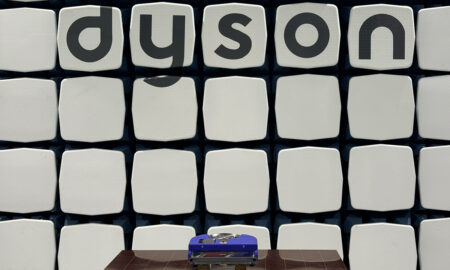These designers are shaping the smart home of the future
In a world increasingly dominated by technology, getting your products to stand out from the mass of inoffensive black boxes is extremely difficult. We want beautiful gadgets that enhance our homes and make us look good, while tech brands want something that appeals to the biggest possible audience, for minimal manufacturing costs… that’ll also pack nicely on a shipping container.
Thank the tech gods then for the forward-thinking product designers, artists, craftspeople and engineers who are breaking down the barriers between style and substance by taking the latest developments in smart home technology and packaging them up in a way that appeals to the masses, not just the few.
Designers like Robert Brunner, Phillipe Starck and Yves Béhar have been pushing the boundaries of product design for decades, and while they’re still at the top of their respective games, their approach to product design – whether it’s smart home tech, furniture, headphones or lemon squeezers – has paved the way for a new generation of product designers who have the confidence to try new things and think beyond the boring black box.
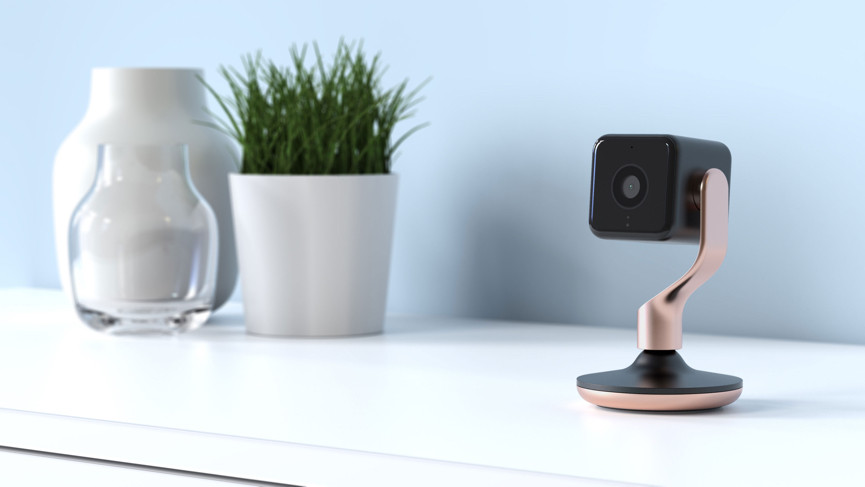
Fuseproject
Founded in 1999, Fuseproject is an award-winning industrial design firm based in San Francisco and New York. It’s established by Swiss designer Yves Béhar; the undisputed heavyweight of smart home design. He is not only the co-founder and current chief creative officer of smart lock company August, but also the designer at the heart of two of CES 2018’s biggest stories, the launch of the gorgeous Hive View smart security camera (and the original Hive smart thermostat) and the L’Oréal UV Sense fingernail-sized wearable.
Fuseproject has a knack of bringing high style to mass-market commercial design, and since launching has teamed up with some of the world’s leading brands. They were behind the design of Samsung’s The Frame TV, helped create the iconic Leaf lamp for Herman Miller, turned Jawbone into the best-looking fitness trackers around and even came up with PayPal’s brand identity.
And if that wasn’t impressive enough, Yves insists on a deep green streak running through all his work, so aside from the task of producing beautiful products sustainability is a key ingredient throughout the experience.

Ideo
The brains behind global design consultancy Ideo have been developing their own version of the future for 40 years with a stream of high-profile prototypes, collaborations and projects, from early visions of the autonomous car to interactive kitchen tables and even Apple Watch camera bands.
In 1980, Apple asked Ideo to develop a mouse for their new personal computer, the Lisa, and a year later they helped GRiD Systems design the world’s first portable notebook-style computer. They also designed the phenomenally successful Western Digital MyBook external hard drive and were, in no small part, instrumental in Samsung’s switch away from being a bland business brand to a design-driven, consumer-focused global powerhouse. Ideo even managed to make computer monitors sexy with their early flat-panel LCD designs.
These days Ideo has nine offices across the planet and still helps both startups and large-scale enterprises to develop prototypes and push them closer to market. One success story from the Cambridge office comes in the form of Coravin, one of our favourite ever gadgets. This ingenious bottle opener lets you pour a glass of wine without taking the cork out, meaning your plonk stays fresh and you’re not forced to finish [yet] another bottle.
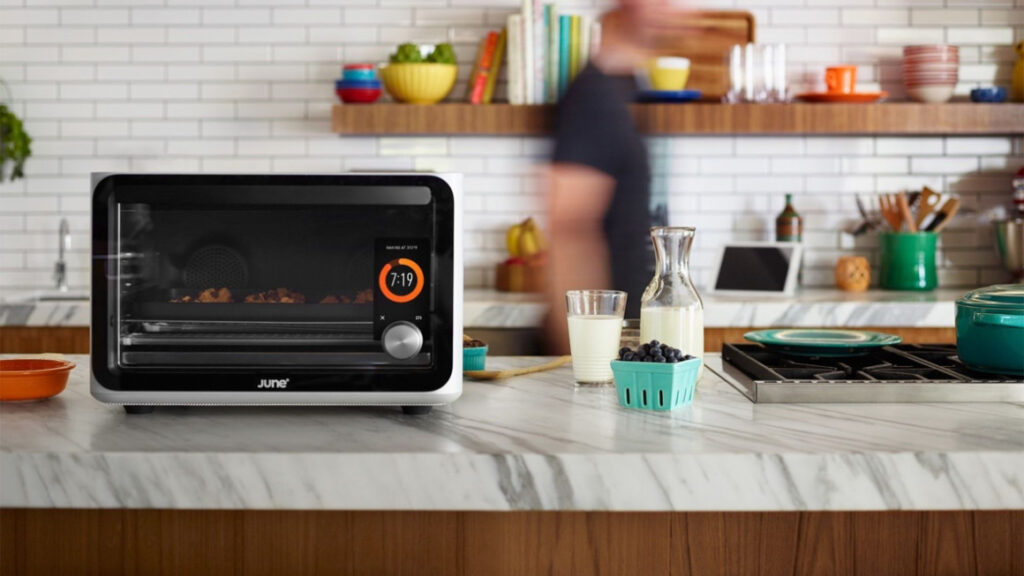
Ammunition
In their own words, Ammunition is a “design studio dedicated to bringing products and services that matter to market” which has included, amongst other things, a little brand known as Beats by Dr. Dre.
Founded in 2007 by Robert Brunner, who had employed Jony Ive while working at Apple, Ammunition was one of the first design agencies which saw the benefit of applying real life principles to new technology, as well as the importance of bridging the gap between fashion and technology.
Ammunition were the design team behind Polaroid’s tough little action camera Cube, and they helped Wimm Labs develop a digital core for watch manufacturers that went on to be bought by Google and integrated into Android Wear. More recently they’ve helped develop a smart combi-oven for June that can monitor the weight, appearance, and internal temperature of the food, while Café X is a portable, fully-automated café complete with robotic barista.
Most interestingly however has to be their work with Nascent Objects, which is helping to automate the way people design tech. Recently bought by Facebook, this modular approach to design encourages users to build their own gadgets using a dozen electronic components. You upload your design to their software, choose your modules – sensors, cameras, LED lights etc – and it works out the electronic pathways needed before 3D printing.
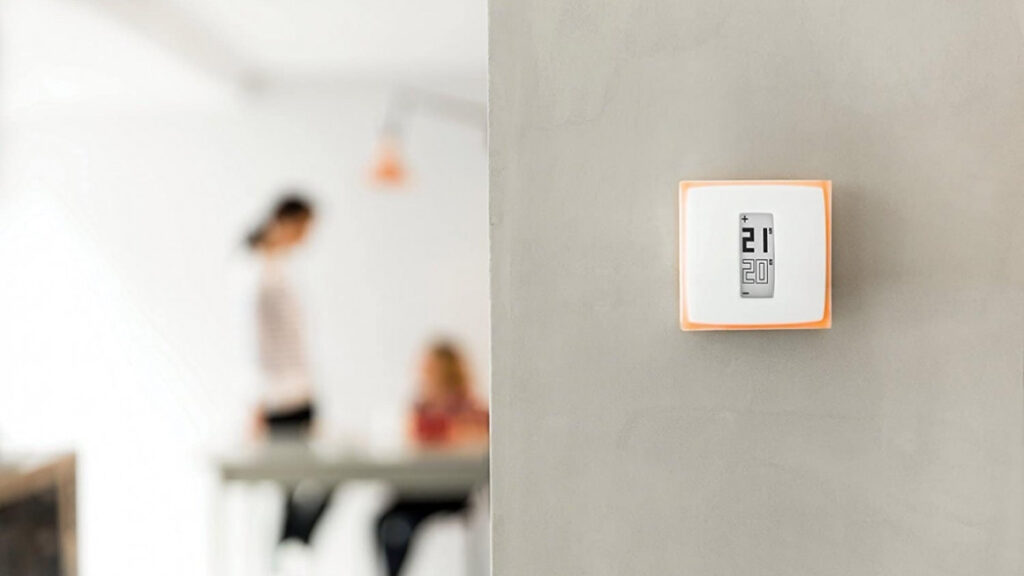
Starck
Phillipe Starck is an iconic figure in modern design and the closest name on this list to a global celebrity. To borrow a paragraph from his extensive biography (we’ve read it, so you don’t have to), “His enthusiasm for imagining new lifestyles” has taken him “From everyday products like furniture and lemon squeezers to revolutionary mega-yachts, intensely vibrant, stimulating and phantasmagorical hotels and the miraculous technologies of individual wind turbines and the electric car.”
Verbosity aside however, there’s no escaping the enormous impact his ideas have had on global design. His CV runs to 21 pages and includes hundreds of pieces of furniture including the iconic Louis Ghost Chair, and countless other designs for Kartell, Alessi and Flos, not forgetting his work as a hotel designer and forays into everything from watches and eyewear to wood burning stoves and even flat-pack housing.
Starck has always embraced new technology and as well as designing TV sets, speakers and projectors for Thompson during the 90s his more recent projects have included the gorgeous Zik headphone range for Parrot, the Netatmo smart thermostat and new voice-controlled radiator valves, successful bathroom collections for Axor and a range of kitchen appliances for Gorenje. His latest collaboration is a new charging port for the Bentley Bentayga Hybrid.
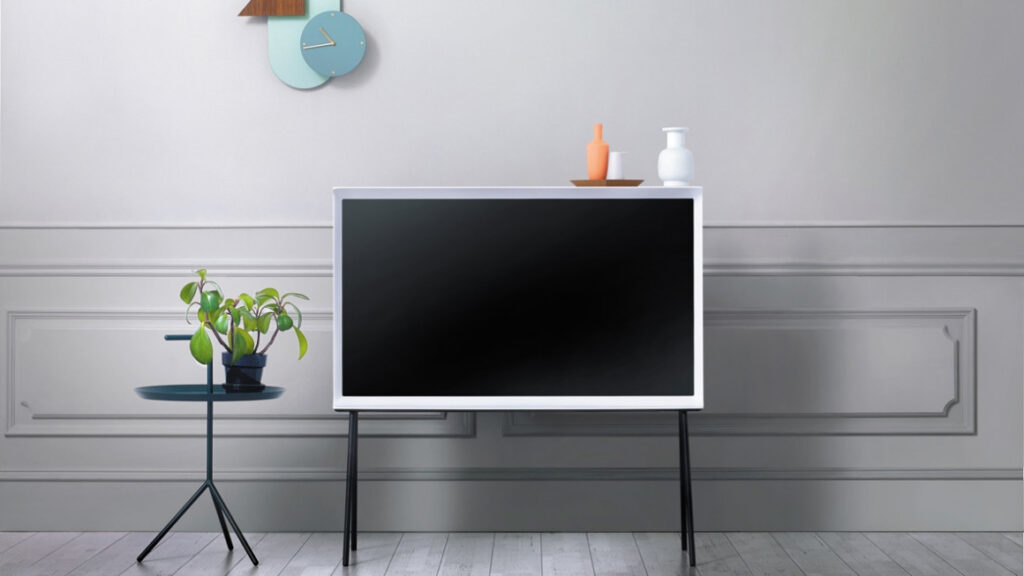
Bouroullec Brothers
Wallpaper* magazine awarded French duo Ronan and Erwan Bouroullec the prestigious “Designer of the Year” Award in 2016, after a phenomenally productive period designing everything from flat-pack furniture, tableware and rugs to textile walls, ceramics, televisions and roller blinds for brands including Vitra, Flos, Kvadrat, Magis, Mutina, Ligne Roset, Hay and Samsung.
In a stark contrast to Nendo’s hi-tech design, the Bouroullec Brothers prefer a more traditional approach, favouring pencils and crayons instead of 3D printers, but the process is no less inspirational, and you’ll often see their early scribblings used in design literature, and even exhibited in their own right.
The most widely known piece of Bouroullec design – in tech circles at any rate – is a game-changing collaboration with Samsung two years ago. Working with their head of visual display design Yun-Je Kang they produced Serif, a beautiful mid-century inspired TV with a profile borrowed wholesale from the Serif font that harked back to a time where the television was a significant piece of furniture.

Bodo Sperlein
Bodo Sperlein is a London-based designer who has had a long and successful career in product design and innovation, but for us, it’s his new role as creative director for German TV brand Loewe that has us salivating.
With the sculptural design of the luxury Bild 9 television, Bodo Sperlein has blended art deco and Bauhaus styles in an attempt, as he puts it, to “de-geezer the TV.” The result is a stunning piece of engineering that features a solid steel frame and an OLED screen no thicker than a smartphone, with wires hidden inside the frame to help create a clean, sculptural centrepiece for your living room.
Until now Bodo’s work has focused on traditional homewares, ceramics, furniture and lighting, so to apply this knowledge to technology highlights just how far we’ve come from the boring black boxes cluttering up the living room.



